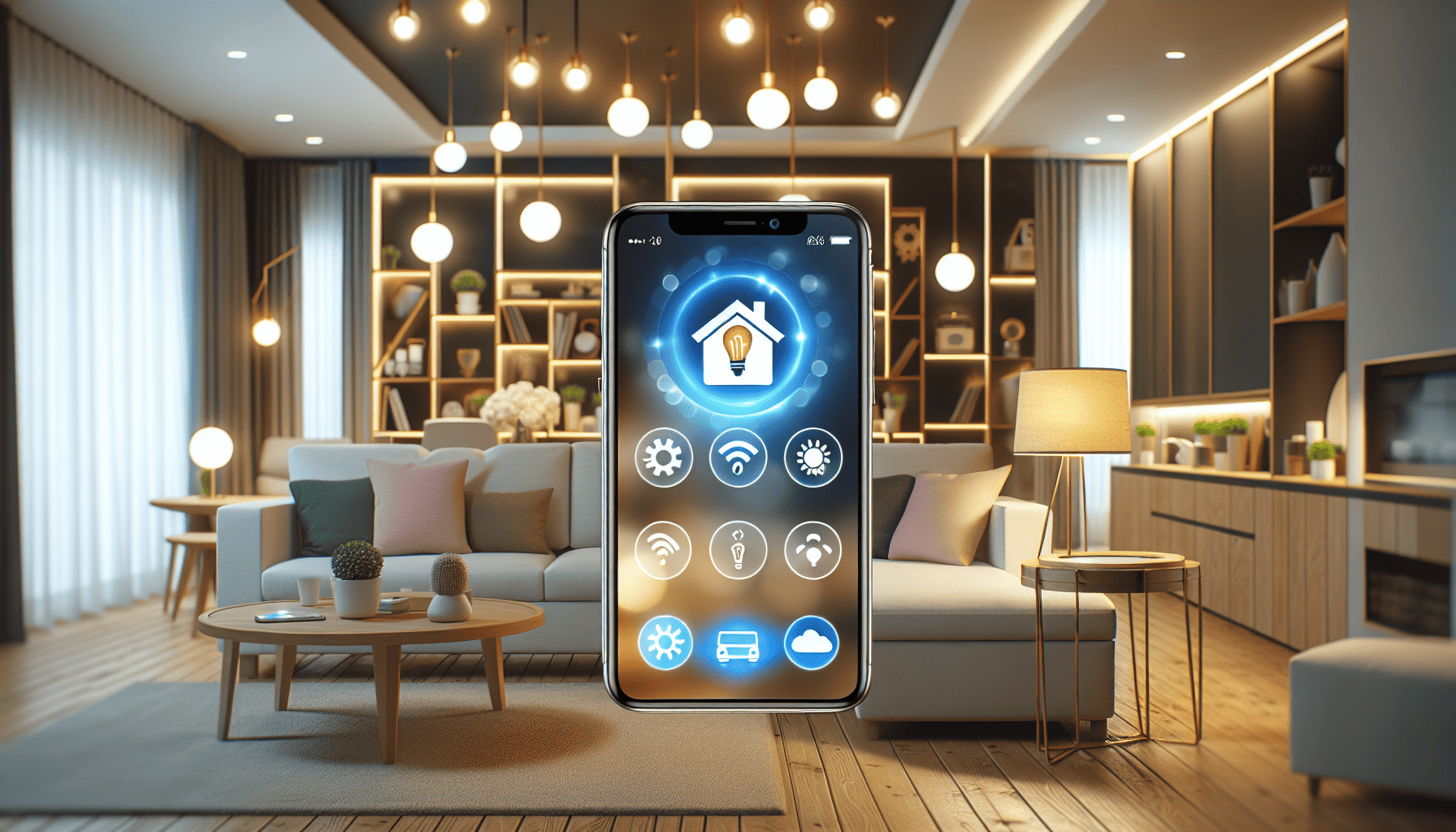Smart home technology has revolutionized the way we interact with our living spaces, offering a seamless integration of energy management and automation that enhances both convenience and efficiency. As smart devices become increasingly sophisticated, homeowners can now experience unprecedented control over their home environment. This article explores the myriad ways smart technology can be integrated to optimize energy usage and create an automated living experience.
Energy Management
One of the standout benefits of smart home technology is its ability to streamline energy consumption. Smart thermostats, for example, learn your temperature preferences and adjust settings automatically to maintain comfort while optimizing energy use. These devices can detect when you are home or away, ensuring that energy is not wasted on heating or cooling an empty house.
Moreover, smart lighting systems allow you to control and schedule lighting throughout your home via smartphone apps or voice commands. By setting lights to turn off when no one is in the room or to dim during daylight hours, you can significantly reduce electricity usage. Some advanced systems even adjust based on natural light availability and occupancy, further conserving energy.
Automation for Convenience
Automation is at the heart of smart home technology, providing convenience through interconnectivity. With a centralized smart hub, homeowners can control various devices from a single platform—be it security systems, appliances, or entertainment systems. Imagine having your morning routine automated: the blinds open to let in natural light, your coffee maker starts brewing, and your favorite playlist begins to play—all without lifting a finger.
Voice-activated assistants such as Amazon Alexa, Google Assistant, and Apple’s Siri have become integral to home automation. They offer an effortless way to manage daily tasks and control smart devices throughout the home. Whether it’s setting reminders, adjusting the thermostat, or controlling smart kitchen appliances, these assistants enhance everyday efficiency.
Enhancing Security
Smart home technology also significantly boosts home security. Smart locks and doorbells with cameras provide real-time notifications and video feeds directly to your smartphone, allowing you to see who’s at your door even when you’re not home. Additionally, motion sensors and security cameras can be integrated into a comprehensive security system, offering peace of mind by alerting homeowners to any unusual activity.
Furthermore, automation extends to fire and safety systems with smart smoke and carbon monoxide detectors that send alerts to your phone, ensuring that you are immediately informed of any potential dangers, regardless of your location.
Environmental and Financial Impact
Integrating smart technology is not just about convenience and efficiency; it also has a positive impact on the environment and your wallet. By optimizing energy usage, smart home devices contribute to reduced carbon footprints and lower utility bills. Over time, the initial investment in smart technology pays off through energy savings and increased property value.
Moreover, manufacturers are continuously developing eco-friendly devices made from sustainable materials, further ensuring that the adoption of smart technology supports global environmental goals.
Conclusion
Incorporating smart home technology into your living space is a forward-thinking approach to enhancing energy management and automation. As technology continues to advance, the possibilities for creating a fully integrated smart home are virtually limitless. Embracing these innovations not only elevates convenience and efficiency but also supports a more sustainable future, making smart home technology an essential part of modern living.
